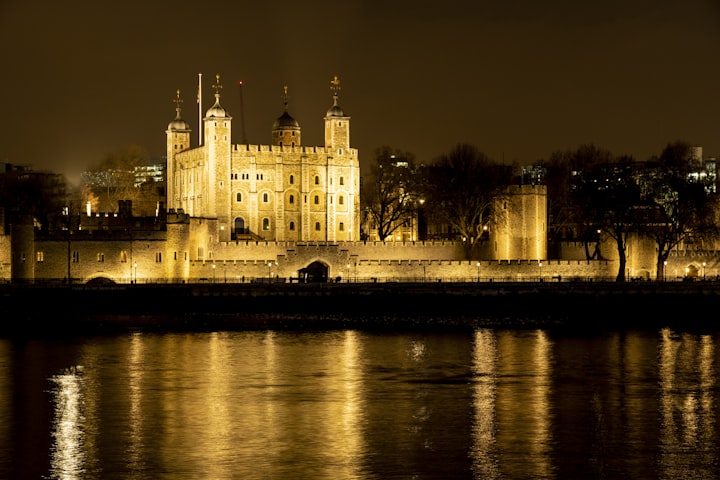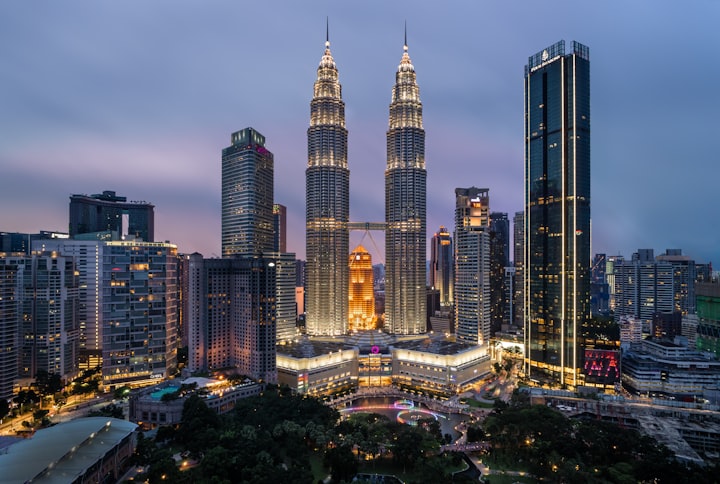London's Most Famous Prisons
London has had many prisons, the most famous of which is the Tower of London.

Victorian London was renowned for its prisons and places of correction – Dickens vividly portrayed the harsh conditions and inhuman treatment of prisoners. Read more on the history of prisons in London. While there are no more Victorian buildings, it is possible to visit the sites where they once stood, which will also take you to London's fascinating areas.
The Tower of London
The Tower of London is London's most famous tourist attraction and one of the world's finest examples of Norman architecture.
William I started it around 1066. It was deliberately built just outside the City boundary as a warning to potential troublemakers. It was then extended by various monarchs till Edward I and has been a palace, prison, menagerie, place of execution and fortress for the crown jewels.
Famous residents were Sir Francis Drake, Anne Boleyn (executed with the sword), Sir Walter Raleigh and Rudolph Hess during World War II.
Nearest underground station: Tower Hill
Newgate prison
Newgate prison, for seven hundred years, was at the corner of Newgate Street and Old Bailey.
The prison has been demolished and restored several times in its history, including during London's Great Fire and prison riots.
In 1783 it was the largest prison in London, and the gallows of the city were moved from Tyburn to Newgate Street.
Public executions ended in 1868 and carried inside the prison instead.
In 1904, the prison was demolished.
Nearest underground station: St Pauls
Marshalsea Prison
Marshalsea Prison, known mainly as the debtors' prison, has been on Borough High Street for more than five hundred years. It was closed in 1842.
For 40 years in the 1800s, Marshalsea Prison stood off Borough High Street, but before that from the 14th century to 1811, it was on a different site.
In 1842, the second building was demolished, but now all that is left is a solid stone wall.
It was a national prison, only second only to the Tower in importance, and became world-famous thanks to Dickens, who talked about life in a debtors prison in novels such as Little Dorritt. Dickens's father was sent to Marshalsea in 1824 for forty pounds of debt.
In the garden next to St George the Martyr's church, you can still see one of its walls and two original gate arches.
Nearest underground station: Borough
Bridewell Prison
Established in a former royal palace (Bridewell) as a correction house in 1556, this prison
It was built for housing vagrants and homeless children, and punishing minor offenders and unruly women.
The prison also included workrooms and a hospital.
It was partially destroyed in London's Great Fire, and shortly after rebuilt, before entirely demolished in 1863.
The entrance gate on New Bridge Street at number 14 is all that remains of the prison buildings. The Unilever Building on the corner now occupies the rest of the old site.
Nearest railway station: Blackfriars
Clerkenwell House of Detention
A prison has stood on this site since 1616. Its tunnels, the only remaining part of it, was built in 1844.
It was largely used as a custody prison, and every year an estimated 10,000 people passed through its gates.
It was demolished in 1890, but an underground section survived and rested undisturbed until it reopened during the bombings of the Blitz as an air-raid shelter.
The Hugh Myddleton School building (and in part converted into residential flats) now occupies its site.
However, it is possible to enter the tunnels from Clerkenwell Close, behind St James Church.
Nearest underground stations: Farringdon, Angel
Gatehouse Prison
Built in 1370, it was initially part of a jail which was in Westminster Abbey's gatehouse. Sir Walter Raleigh was detained in it on the eve of his execution which took place in the Tower of London in 1618.
The saying, "stone walls do not a prison make, nor iron bars a cage" is believed to be written here by the poet, Lovelace, in 1642. Samuel Pepys was imprisoned in it, in 1689.
It was demolished in 1776. Westminster School's Crimean War Memorial which stands in front of Westminster Abbey, in Broad Sanctuary, now occupies its site.
Nearest underground station: Westminster
King's Bench Prison
Initially, this prison stood on the eastern side of Borough High Street, and it moved to a bigger location at St George's Fields in 1755.
The majority of prisoners were debtors, and their families often joined them. In David Copperfield, Dickens wrote about it with Mr Micawber being jailed for debt there.
In 1828, the prison was "the most desirable place of incarceration in London" – there were plenty of traders in the yard, and a large number of gin shops were on hand. Wealthy prisoners even had a regular cook to prepare their meals. By the 1870s the prison had closed.
Nearest underground station: Borough
Clink Prison
It was a small prison connected to Winchester Palace on Bankside. The first mention of it is in 1509, and it was destroyed in 1780.
It was about who committed crimes in Bankside and the nearby brothels controlled by the Bishop of Winchester.
Among the prisoners were both Protestant and Catholic prisoners of conscience, and before the closure, it was also a debtors prison.
The Clink Prison Museum, in Clink Street, occupies the site of the original prison.
Nearest underground station: London Bridge
Horsemonger Lane Jail
Built in 1791 as a model jail, and renamed Southwark County Gaol in 1859.
The gatehouse had gallows on its roof, and it's here that in 1849, Charles Dickens saw a double hanging. That led him to write to The Times condemning public execution and helped its abolition in the country.
Between 1800 and 1877 one hundred thirty-one men and four women were executed
The prison closed in 1878 and was demolished in 1880. Newington Gardens now occupies the area of the prison.
Nearest underground station: Borough
About the Creator
Anton Black
I write about politics, society and the city where I live: London in the UK.
Reader insights
Outstanding
Excellent work. Looking forward to reading more!
Top insights
Compelling and original writing
Creative use of language & vocab
Easy to read and follow
Well-structured & engaging content
Excellent storytelling
Original narrative & well developed characters
Expert insights and opinions
Arguments were carefully researched and presented






Comments (1)
Fabulous and informative!!! Hearted & subscribed!!😊💖💕